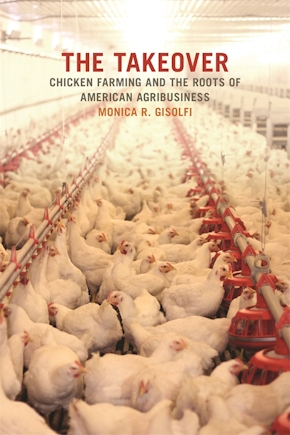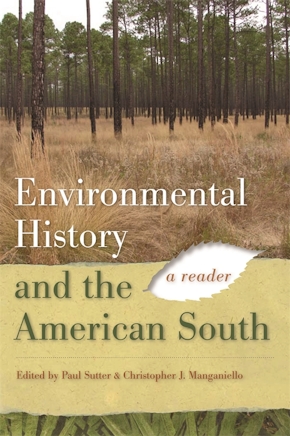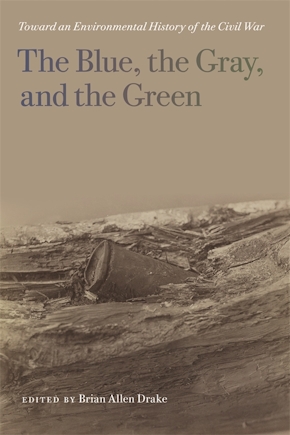Let Us Now Praise Famous Gullies
Providence Canyon and the Soils of the South
Title Details
Pages: 288
Illustrations: 38 b&w photos
Trim size: 6.000in x 9.000in
Formats
Paperback
Pub Date: 03/15/2018
ISBN: 9-780-8203-5382-1
List Price: $27.95
Hardcover
Pub Date: 12/15/2015
ISBN: 9-780-8203-3401-1
List Price: $36.95
eBook
Pub Date: 12/15/2015
ISBN: 9-780-8203-4809-4
List Price: $36.95
Subsidies and Partnerships
Published with the generous support of Wormsloe Foundation Publications
Other Links of Interest
• Learn more about Providence Canyon at the New Georgia Encyclopedia
Let Us Now Praise Famous Gullies
Providence Canyon and the Soils of the South
The 'Little Grand Canyon' and its lessons for environmental history
Skip to
- Description
- Reviews
- Awards
Providence Canyon State Park, also known as Georgia’s “Little Grand Canyon,” preserves a network of massive erosion gullies allegedly caused by poor farming practices during the nineteenth century. It is a park that protects the scenic results of an environmental disaster. While little known today, Providence Canyon enjoyed a modicum of fame in the 1930s. During that decade, local boosters attempted to have Providence Canyon protected as a national park, insisting that it was natural. At the same time, national and international soil experts and other environmental reformers used Providence Canyon as the apotheosis of human, and particularly southern, land abuse.
Let Us Now Praise Famous Gullies uses the unlikely story of Providence Canyon—and the 1930s contest over its origins and meaning—to recount the larger history of dramatic human-induced soil erosion across the South and to highlight the role that the region and its erosive agricultural history played in the rise of soil science and soil conservation in America. More than that, though, the book is a meditation on the ways in which our persistent mental habit of separating nature from culture has stunted our ability to appreciate places like Providence Canyon and to understand the larger history of American conservation.
—Donald Worster, author of A Passion for Nature: The Life of John Muir
—B. E. Johansen, Choice
—Al Hester, H-Net Reviews
—A. W. Blalock, Northeast Georgia Living
—James H. Tuten, Environmental History
—Jason P. Julian, Journal of Historical Geography
Winner
Award for Excellence in Research, Georgia Historical Records Advisory Council



